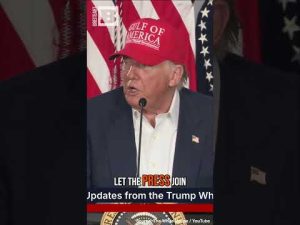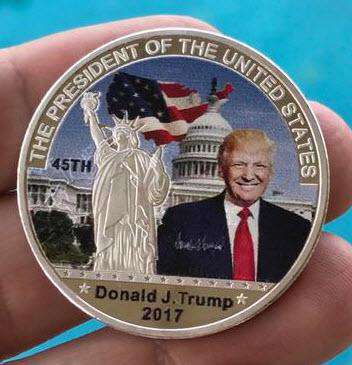In recent weeks, a storm of controversy has erupted around the U.S. Agency for International Development, commonly known as USAID. It seems that a significant number of left-leaning publications, including Politico and the New York Times, are allegedly benefiting from millions of dollars in subscription fees funded by USAID. This financial support is part of a staggering $40 billion taxpayer-funded initiative that raises eyebrows and questions about where American taxpayer dollars are actually going. The idea that these publications might be in cahoots with a governmental agency has sparked outrage among many conservative Americans.
To grasp the gravity of this situation, one must first understand the origins and purpose of USAID. Formed during President John F. Kennedy’s administration in the 1960s, the agency was designed to extend assistance to countries grappling with disasters, poverty, or a transition toward democracy. However, as suspicions linger, critics argue that much of this assistance seems to be funneled into nations with notoriously corrupt governments, such as Ukraine, Afghanistan, and Haiti. The irony is palpable when considering that the intention—to uphold democracy and assist the needy—often backfires spectacularly.
A deep dive into USAID’s history reveals an unsettling pattern. The agency has, at times, operated not just as a provider of aid but also as a covert agent of U.S. foreign policy. Its predecessor, the International Cooperation Administration, was involved in the infamous Bay of Pigs invasion, leading to its rebranding. Now, with a shadowy past like that, who wouldn’t question its use of taxpayer money? The agency has a legacy of discretion and, some say, deception, making it a hotbed for potential corruption and mismanagement.
The case of Haiti serves as a glaring example of USAID’s dubious dealings. During President Bill Clinton’s administration, a well-intentioned push to lower rice tariffs devastated the local economy and enriched Arkansas rice farmers—ones who were notably supporters of Clinton. Taxpayer dollars supposedly aimed at alleviating poverty instead became a financial windfall for a select few while the Haitian people bore the brunt of the economic destruction. This pattern of directing funds to benefit friends in high places raises serious concerns about accountability in U.S. foreign aid.
Fast forward to today, and the plot thickens. Critics point to instances where funds have been mismanaged. For example, a housing initiative in Haiti was supposed to build thousands of homes but fell woefully short of its targets. Even more troubling, USAID funds have seemingly flowed into left-wing organizations like the Tides Foundation, which has funded various progressive causes back in the U.S. This raises an important question: if taxpayer money is being funneled into domestic political agendas, is it really being used for its intended purpose?
In a landscape full of unanswered questions and unsettling connections, patriotic Americans find themselves demanding a closer look at USAID’s operations. The call for transparency and accountability is louder than ever, as people grow weary of seeing their hard-earned tax dollars allocated without proper oversight. As the conversation evolves, one must consider whether the American public will finally find answers or if this is simply another chapter in a long-standing saga of hidden agendas and bureaucratic mismanagement.







